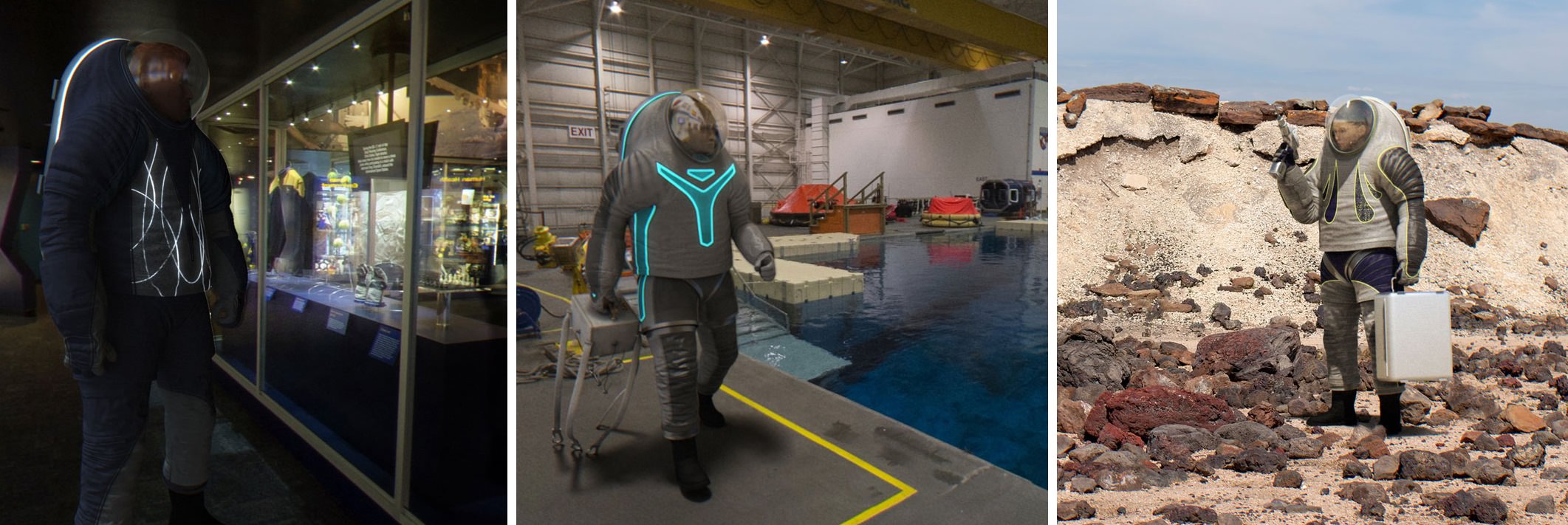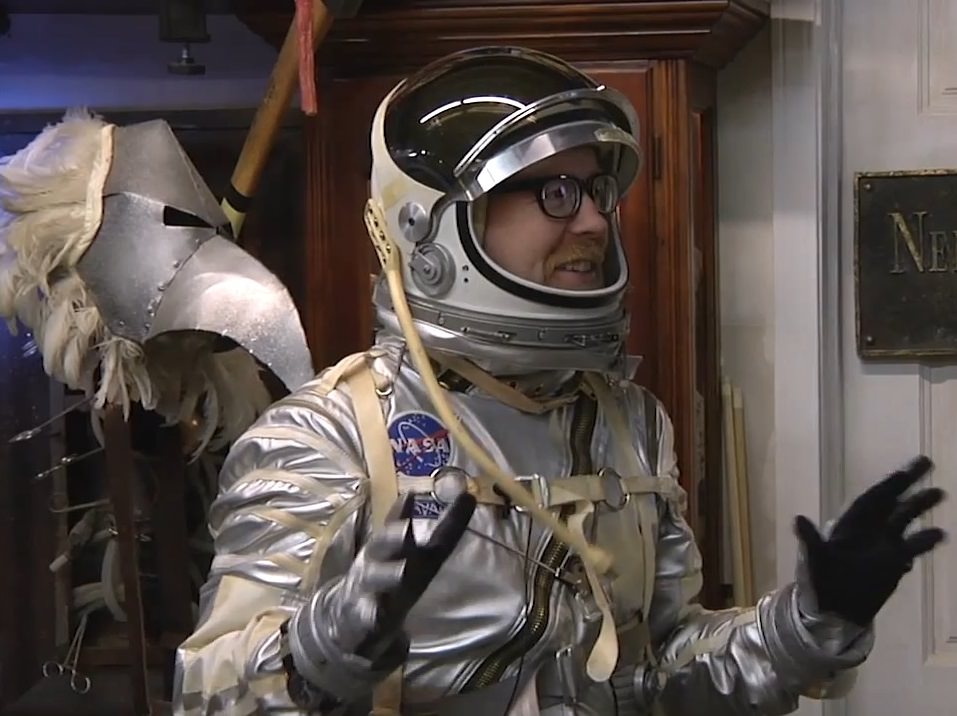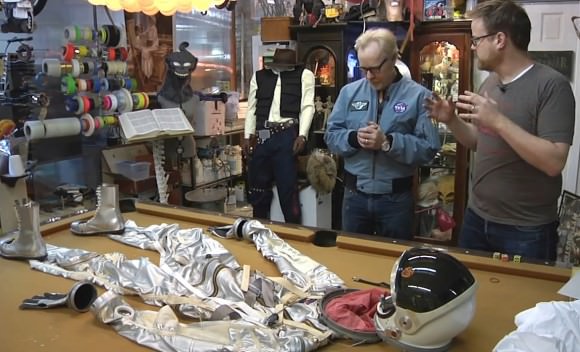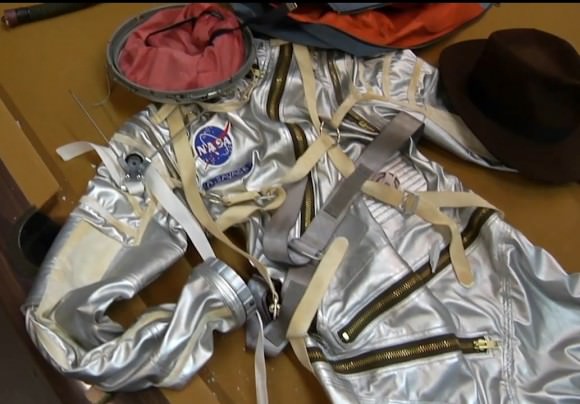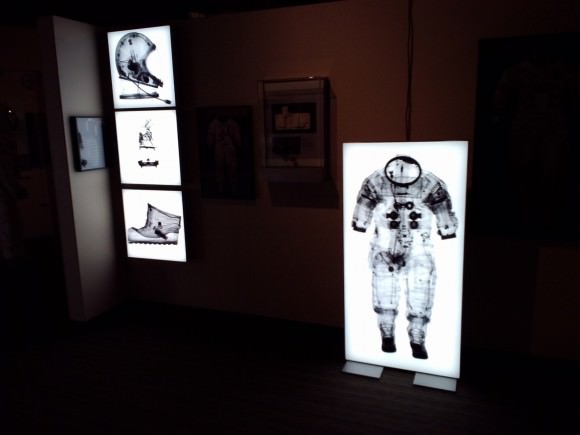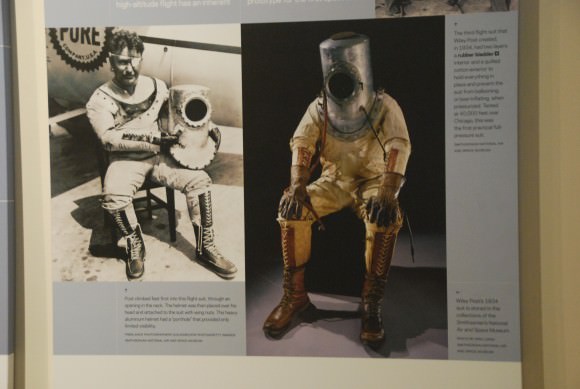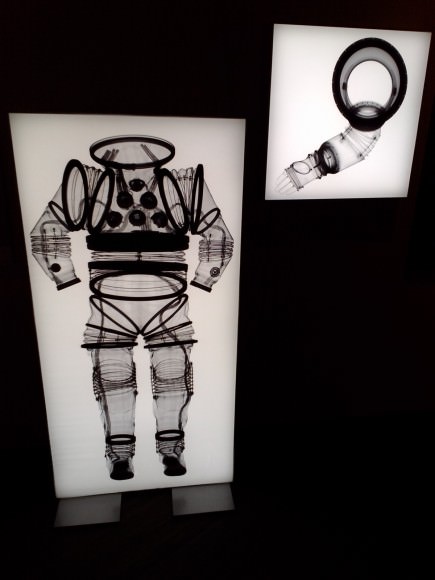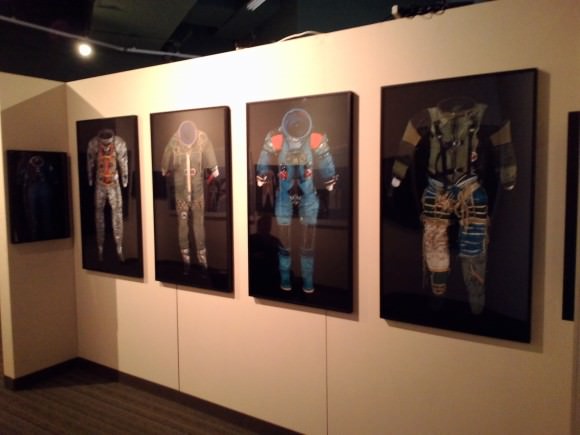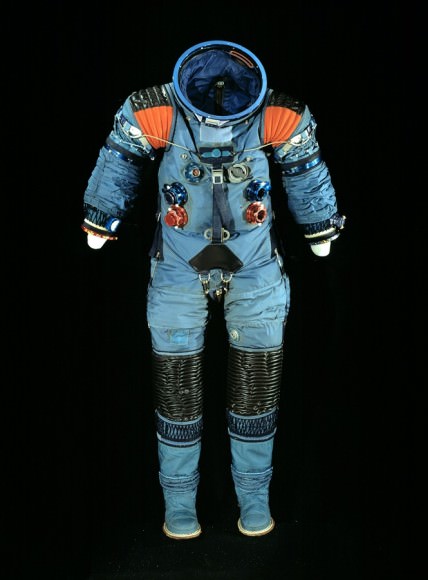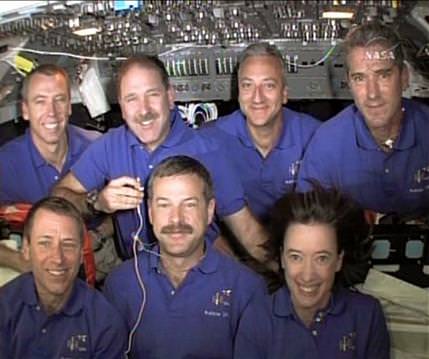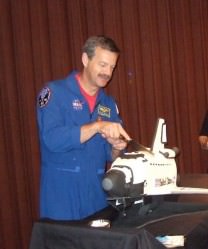So far, every spacesuit humans have utilized has been designed with a specific mission and purpose in mind. As of yet, there’s been no universal or “perfect” spacesuit that would fit every need. For example, the US ACES “pumpkin” suits and the Russian Sokol are only for launch and reentry and can’t be used for spacewalks. And the Apollo A7L suits were designed with hard soled boots for astronauts to walk on the Moon, while the current NASA EMU and the Russian Orlan are designed for use in space, but with soft soled booties so as not to damage the exterior of the space station.
What would constitute the perfect spacesuit that could be used for any mission? It would have to be lightweight while being impervious to rips, impacts and radiation, but also be flexible, fit multiple sizes, and be comfortable enough to be worn for long periods of time.
With those specifications in mind, is it possible to create the perfect spacesuit?
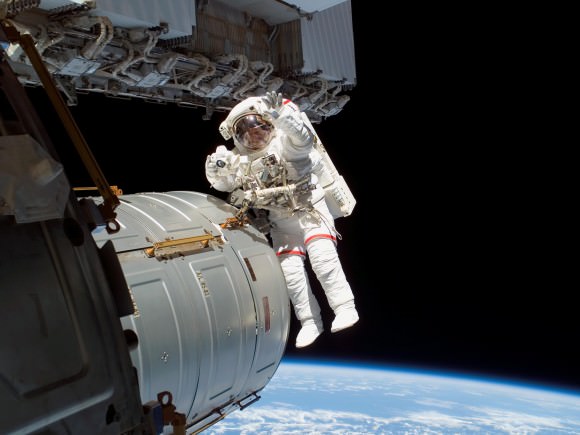
“Designing a spacesuit turns into a battle between protection and mobility,” said NASA astronaut trainer Robert Frost in an article on Quora. “The more we try to protect the wearer, the less mobile they become. The more mobile we make them, the less protected they are.”
The perfect spacesuit would be, to quote Elon Musk, “badass.”
That’s the terminology the SpaceX used in negotiations with suit-making companies to create the pressure suit for SpaceX’s future commercial passengers. SpaceX is now designing their own suit, and Musk said SpaceX is looking for not just utility but esthetics, too.
“It needs to both look like a 21st-century space suit and work well,” he said during a reddit AMA.
But even with SpaceX’s ‘badass’ suit, they are designing with one purpose in mind.
And there are obstacles to having a “badass space suit design,” wrote Eric Sofge in an article in Popular Science. “A launch-entry suit is ungainly, an oversize one-piece embedded with rigid interfaces for the helmet and gloves, and enough room to inflate, basketball-like, when pressurized—especially in the seat, so an astronaut isn’t forced to stand up.”
New Ideas
One of the best hopes on the horizon is a “shrink-wrap” type of spacesuit that MIT has been developing. It is a lightweight, form-fitting, flexible spacesuit — a la Seven of Nine on Star Trek: Voyager— lined with tiny, muscle like coils.
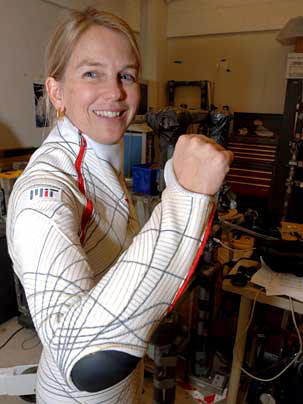
“With conventional spacesuits, you’re essentially in a balloon of gas that’s providing you with the necessary one-third of an atmosphere [of pressure,] to keep you alive in the vacuum of space,” said one of the developers, Dava Newman. “We want to achieve that same pressurization, but through mechanical counterpressure — applying the pressure directly to the skin, thus avoiding the gas pressure altogether. We combine passive elastics with active materials. … Ultimately, the big advantage is mobility, and a very lightweight suit for planetary exploration.”
MIT is using a nickel-titanium shape-memory alloy and they are continuing to test ideas. Some problems with this suit include the difficulty of putting on such a tight suit in a zero-gravity environment and how a gas-pressurized helmet can be connected to the compression-pressurized suit.
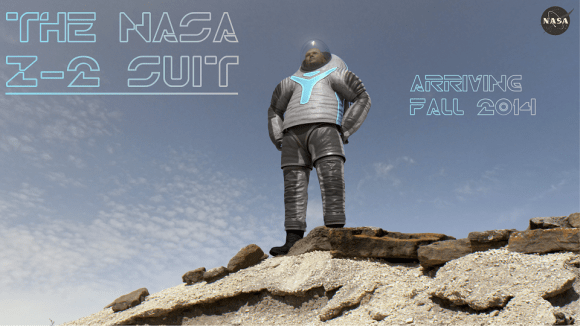
NASA recently revealed the winner of a public-voted spacesuit design called the Z-2. While it looks a bit like Buzz Lightyear’s fictional suit, it has bearings in the joints that make more flexible than NASA’s current EMU. It also has a rear-entry port, allowing it to be docked to the side of a mobile transporter or habitat, essentially turning the suit into its own air lock. This helps to avoid bringing in abrasive soil and dust such as lunar regolith Martian soil. NASA is currently testing the Z-2 prototype with plans to develop a better suit, the Z-3. If it works well, the Z-3 might be used in a space walk from the International Space Station by 2017.
So, still, the perfect spacesuit eludes us.
But here are some other additions that would make the perfect spacesuit:
Self-healing: Currently, having multiple layers is the best way to defend against rips or tears, which can be fatal in the vacuum of space. But MIT’s body suit would utilize mechanical counterpressure to counteract a rip, and engineers at ILC Dover are looking into integrating self-healing materials, such as polymers embedded with microencapsulated chemicals that would create a foam to heal a torn suit.
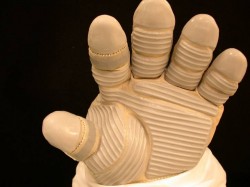
Augmented Vision: Currently, NASA’s polycarbonate helmets could be confused with fishbowls. One material that could be used for future helmets is a clear ceramic called ALON, which is thinner than bulletproof glass and three times as strong. Another addition could be an internal heads-up display — like ones used by F-16 pilots – to provide data and information.
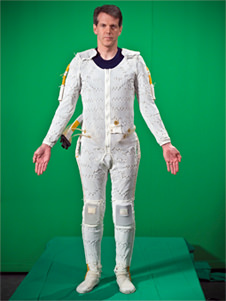
A better cooling system: Current suits have “underwear” with about 300 feet of plastic tubing that circulate waters to draw away body heat. Purdue University engineers are developing a polymer using glass fibers coated with thermoelectric nanocrystals that absorb heat and discharge electricity.
Artificial Gravity: Remember the magnetic boots worn in Star Trek: The Undiscovered Country and Star Trek: Insurrection? The University of Massachusetts is developing a dry adhesive that could help astronauts and those pesky floating tools to “stick” to surfaces. It is made of a carbon fiber weave and mimics the skin and tendon structure of gecko feet. Another idea — while not quite the same – is a way to counter muscle and bone atrophy in zero-G: Draper Labs are developing gyroscopes the could be attached to the arms and legs of spacesuits that could provide resistance similar to the force of gravity on Earth.
Long-life Battery Power: One issue for long spacewalks is having enough battery power. Michigan Tech is developing units that can convert movement into electricity. Also, Elon Musk might have some ideas for long-lasting batteries…
So, while many entities are working on ideas and concepts, the perfect spacesuit has yet to be developed. If humans are going to go to an asteroid, back to the Moon, to Mars or on a mission to deep space, we’ll need a suit as close to perfect as possible.
Further reading:
MIT’s ‘shrink-wrapped’ spacesuit
The Deep Space Suit: Popular Science
Factors Considered in the Design of a Spacesuit: Quora
NASA’s Z-2 Suit


